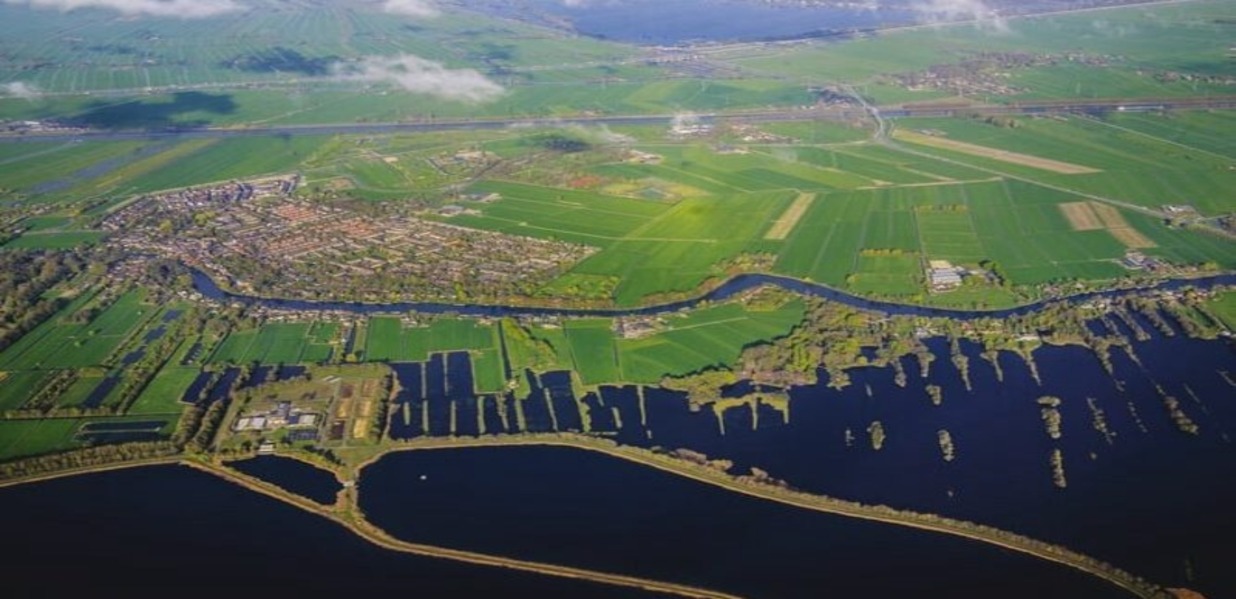


Agriculture has steadily advanced by the introduction of artificial intelligence development companies, from mechanized tools to biotechnology. Because of business trends, the agricultural business is keen to boost productivity by switching to AI solutions.
We have carried out AI technology to maintain, harvest healthier crops, cut down workloads, set up data, and develop a broad spectrum of tasks in this $5 trillion business.
Specific agricultural tasks on the farm take some work — for instance — planting, cultivating, and collecting crops need capital, energy, workforce, and resources.
What if we can use technology to take over some manual actions and ensure efficiency?
This is where artificial intelligence intervenes.
To illustrate, a group of scientists started an AI that can pinpoint defects in plants. The unit employed a method known as transfer learning to train AI to identify crop defects and pest destruction.
In this scenario, they ran TensorFlow to create a library of AI 2,756 pictures of cassava leaves from plants in Tanzania. The conclusion was that the AI was able to spot disease with 98% efficiency.
This is one such instance; the other cases comprise an apple-picking robot; Some people practice AI and machine learning to look after plants and get rid of weeds.
AI encourages various industries to heighten capacity and performance. AI solutions help overcome widespread difficulties in each sector.
Similarly, AI in agriculture is prompting farmers to develop their productivity and minimize environmental adverse effects. The agriculture industry fully and publicly adopted AI in its operation to alter the total result.
AI is changing the way we grow our food, where the agricultural field emissions have shrunk by 20%. Adjusting to AI technology benefits in supervising and taking care of any unsolicited natural situation.
Currently, most startups in agriculture are adjusting to an AI-powered procedure to boost the performance of agricultural stock. The market research document declared that the global Artificial Intelligence in the agriculture market size is predicted to arrive at 1550 million US$ before the end of 2025.
Executing AI-enabled methods could identify defects or climate change earlier and react quickly. Businesses in agriculture are dealing with agricultural data to lessen detrimental consequences.
Using artificial intelligence in agriculture encourages farmers to figure out the data insights, for instance, temperature, rainfall, speed of the wind, and solar radiation.
Data analysis of historic values provides a more reliable example of the desired results. The highlight of executing AI in agriculture is that it won’t wipe out the tasks of individual farmers, rather, it will enhance their handling.
AI technology is quickly straightening out the issues while promoting the unique plan that is needed to take care of the trouble. AI is powerful in checking information to identify solutions rapidly.
Let’s see how AI is being used in agriculture to improve results with a minimal environmental cost. By implementing AI, you can identify a disease with 98% accuracy. Thus, AI helps farmers monitor the fruit and vegetables by adjusting the light to speed up production.

Noting down the general hurdles that persist in the agricultural domain.
We can divide the process of agriculture into different parts:
It is the basic stage of cultivation where farmers develop the soil for sowing seeds. This method comprises breaking huge soil stomps and clearing away the trash, in particular, broken branches, stones, and roots. Likewise, add fertilizers and organic matter depending on the type of crop to create an ideal situation for crops.
This phase calls for taking care of the distance between two seeds, depth for planting seeds. At this stage, climatic conditions such as temperature, humidity, and rainfall play an important role.
Maintaining soil fertility is an important factor so farmers can continue to grow nutritious crops and healthy crops. Farmers turn to fertilizers because these substances contain plant nutrients such as nitrogen, phosphorus, and potassium. You can simply plant fertilizer nutrients applied to agricultural fields to supplement the required elements found naturally in the soil. This stage also determines the quality of the crop.
This stage helps to keep the soil moist and maintain humidity. Underwatering or over-watering can hamper the growth of crops and if not done properly, it can lead to damaged crops.
Weeds are unwanted plants that grow near crops or at the boundary of farms. Weed protection is a significant element as weed lowers outputs, raises production price, disrupts the yield, and reduces crop quality.
It is gathering ripe crops from the fields. It requires a lot of laborers for this activity, so this is a labor-intensive activity. This stage also includes post-harvest handling, such as cleaning, sorting, packing, and cooling.
This phase of the post-harvest system during which the products are kept in such a way as to guarantee food security other than during periods of agriculture. It also includes the packing and transportation of crops.
Let’s examine some applications and benefits of these recent developments in AI technology in an agricultural setting.

Hey! I'm Balbir Singh, seasoned digital marketer at Infiniticube Services with 5 years of industry expertise in driving online growth and engagement. I specialize in creating strategic and ROI-driven campaigns across SEO, SEM, social media, PPC, and content marketing. Passionate about staying ahead of trends and algorithms, I'm dedicated to maximizing brand visibility and conversions.
Our newsletter is finely tuned to your interests, offering insights into AI-powered solutions, blockchain advancements, and more.
Subscribe now to stay informed and at the forefront of industry developments.